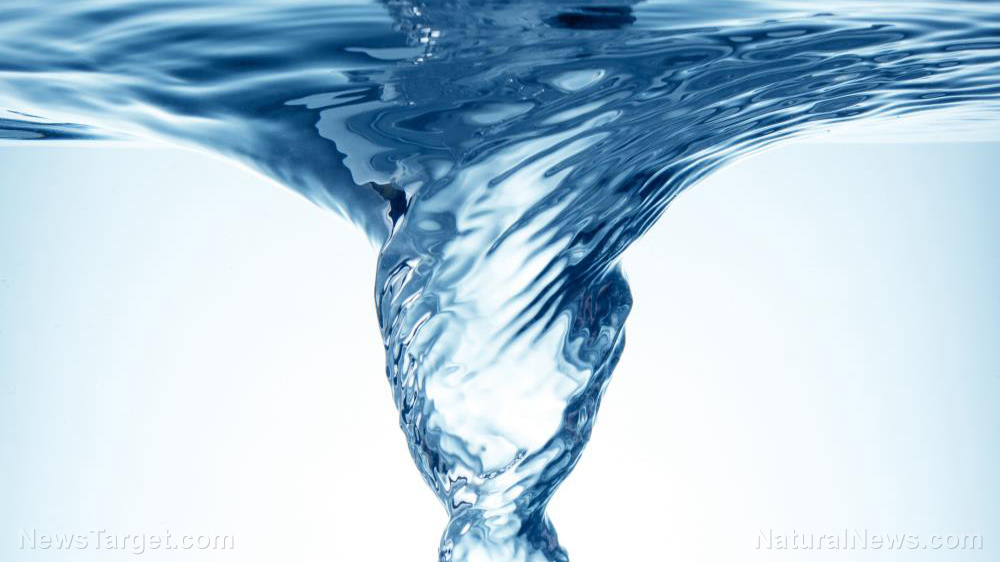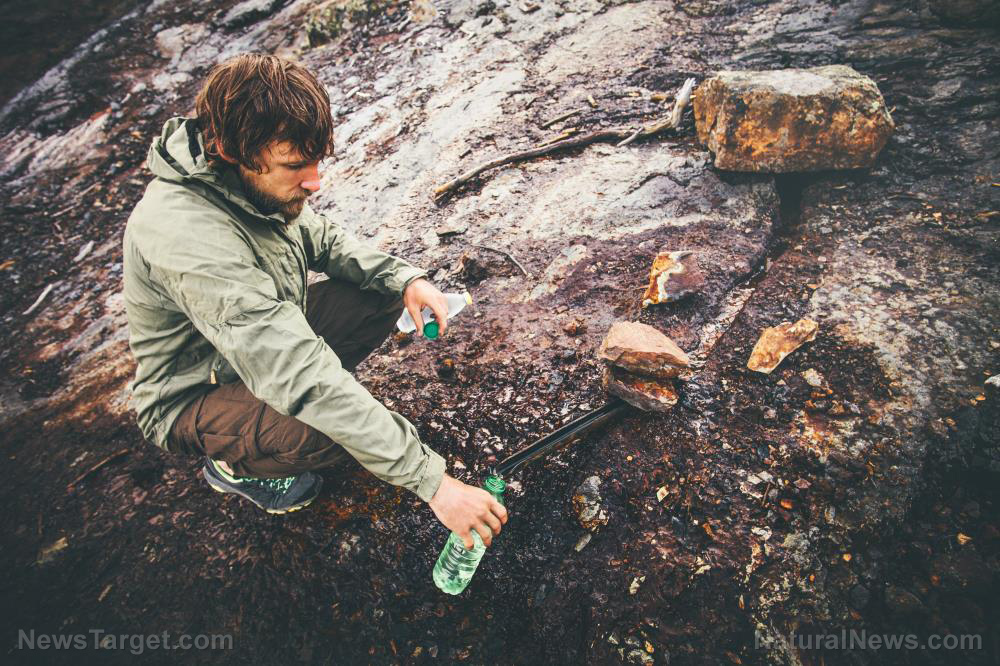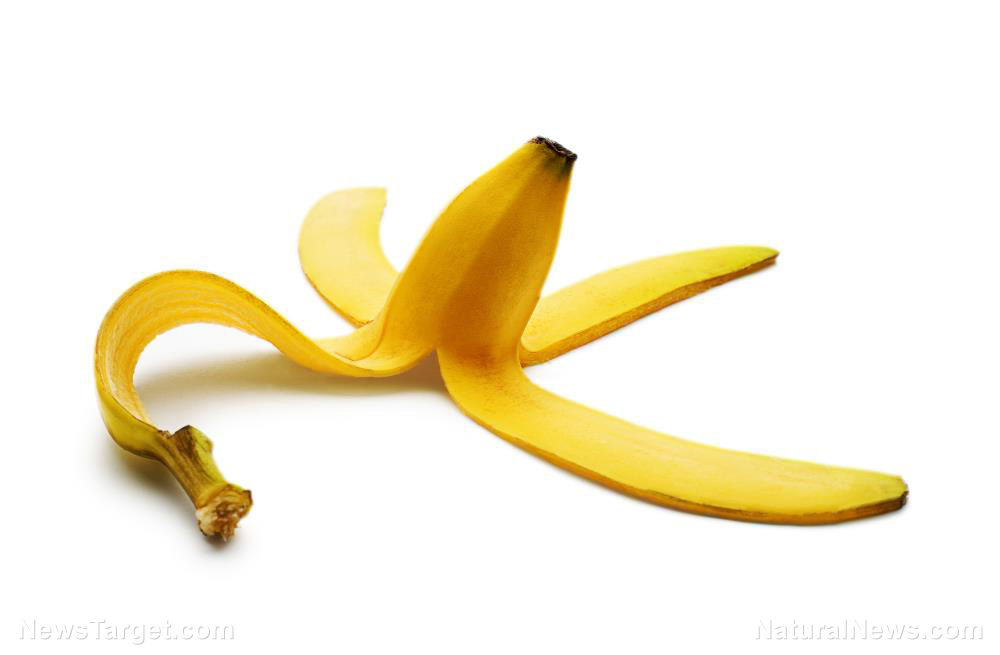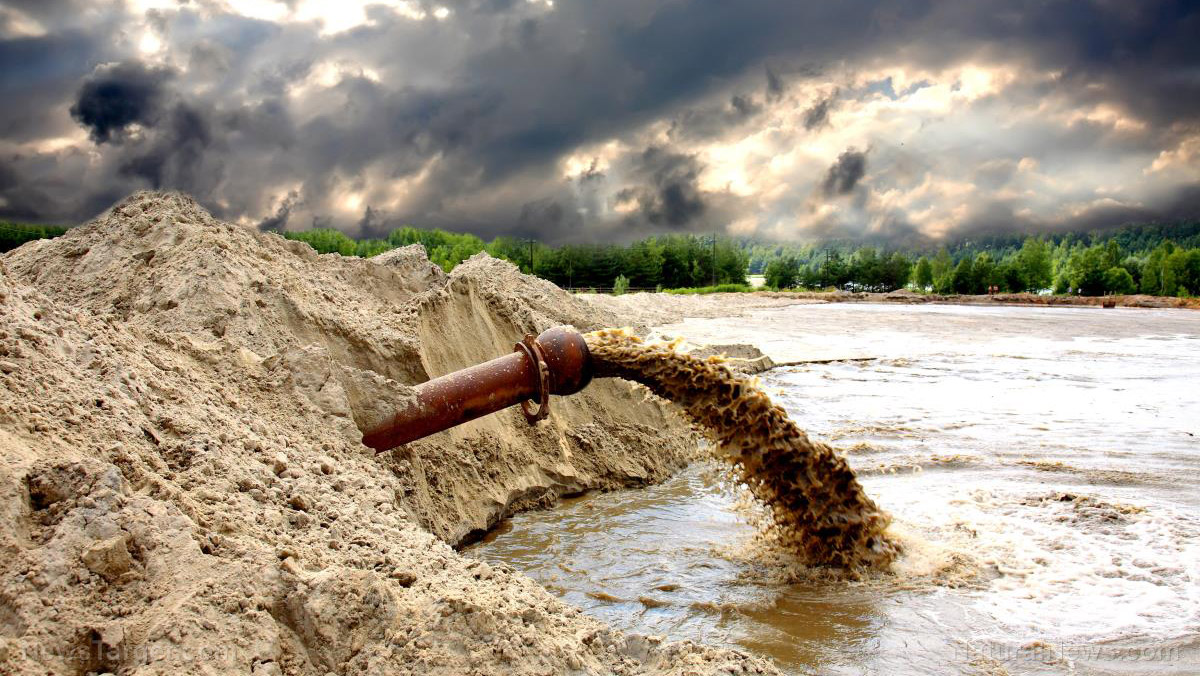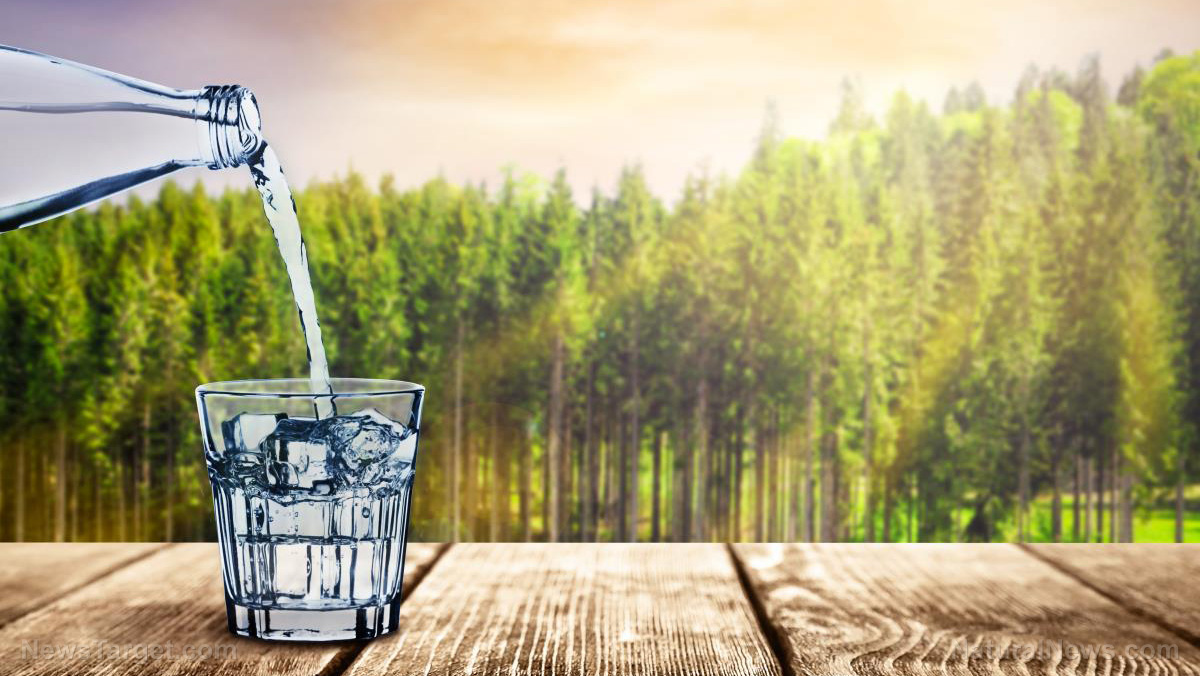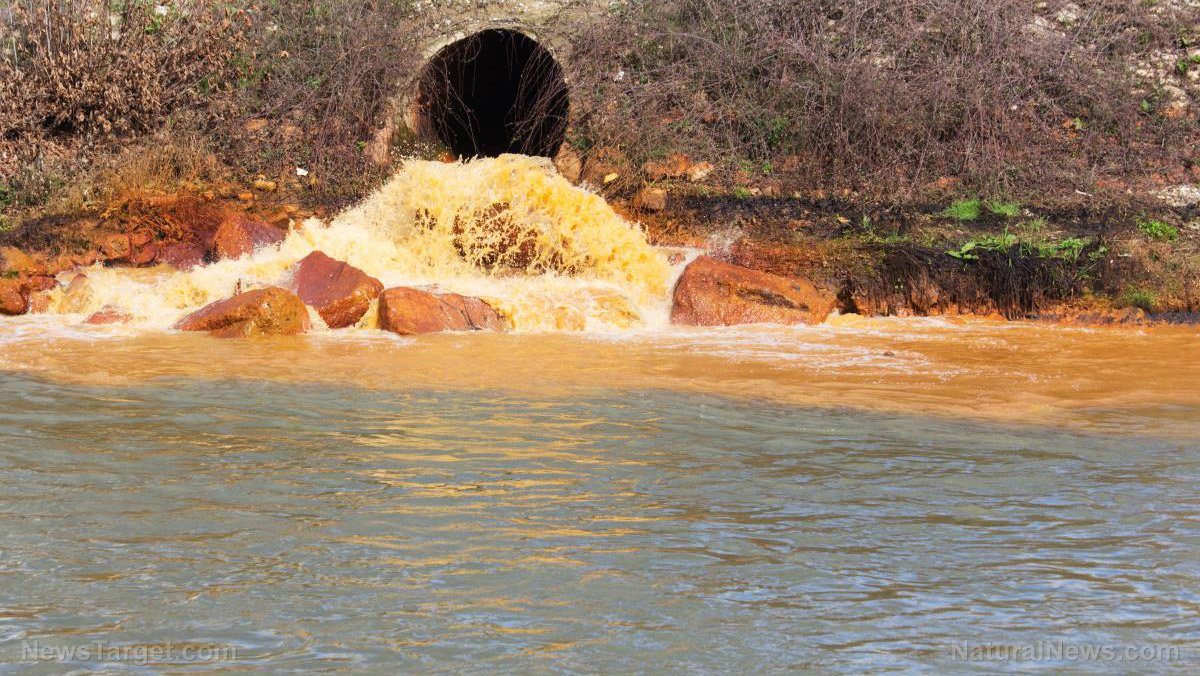No longer Texas-sized, trash islands in our oceans are now the size of Mexico – and growing at an alarming rate
04/02/2018 / By Edsel Cook

The biggest of the trash islands in the oceans have gone from the size of Texas to bigger than Mexico. And their growth shows no sign of abatement due to the increasing amount of plastic use and waste around the world, warned a Pacific Standard article.
Individual islands are formed out of seaweed, styrofoam, and plastic trash that clump together due to ocean currents. They can be as small as five to 100 meters in width, or as big as five miles across.
Photographer Caroline Power took viral footage of one such huge trash island near the scenic island of Roatán in Honduras. This was personally devastating since Roatán is her home.
“Our beaches are not filled with plastic. Most of the people that live and vacation [in Roatán] do not see trash, so they actually find it hard to believe the photos,” she argues. “People that spend their lives near the water do not realize the extent of the global trash crisis.”
There are far larger trash islands than the one Power spotted near Honduras, like the Great Pacific Garbage Patch near California. And then there’s the Mexico-sized trash island in the South Pacific.
Discovered in 2017, it is easily the worst out of its ilk. The individual plastics that comprise the sprawling mass are the size of confetti. Experts fear the mess is next to impossible to clean.
No place is safe from plastic trash
“Every year, an estimated eight million metric tons of plastic enters our ocean. That number is expected to increase as global population numbers continue to rise,” warns Tommy Cutt, chief conservation officer for the Loggerhead Marinelife Center (LMC).
In 2015, the ICIS Supply and Demand database calculated plastic production peaked at 250 million metric tons. By 2025, it will have increased to more than 380 million metric tons.
“The greatest pollution challenges [are] in areas without the adequate infrastructure to properly collect and dispose of trash and in regions with limited educational resources,” Cutt says.
The biggest offenders for plastic waste, according to Ocean Conservancy data, are China, Indonesia, the Philippines, Thailand, and Vietnam. Those five Asian countries account for more than half of the trash in the ocean. Ocean currents carry plastic garbage thousands of miles away from its source. During the course of their long journey, these durable materials absorb persistent organic pollutants and amplify their toxic effects.
Fish that swim in plastic-polluted waters end up accumulating those pollutants. They may then end up on your dinner table. Hard plastics are worse since they take centuries to decompose. If caught in an ocean gyre, a plastic soda bottle could spend the next few hundred years breaking apart into dangerous microplastics. (Related: The once pristine European Arctic is now covered in plastic despite low human population; researchers concerned for wildlife, ecosystems.)
Cutting down on plastics could reduce the size of trash islands
Researchers and volunteers at LMC in Juno Beach, Florida, are doing their part to reduce the threat of trash islands. Every weekend, they clean up trash from beaches and sort them for recycling.
Single-use plastic products – bags, bottles, cups, and utensils – comprise a lot of the garbage. The next most common material is styrofoam. Hard plastics are shipped to recycling company TerraCycle, which melts them down and turns them into shampoo bottles. Monofilament fishing line goes to Berkley Pure Fishing Company, which recycles the line into new fishing gear.
According to LMC’s Cutt, “source reduction” is the key to eventually cleaning up trash islands. Reducing the consumption of single-use plastics and recycling hard plastics are more effective in the long run than cleaning them from the ocean.
Raise your awareness regarding plastic pollution at Pollution.News.
Sources include:
Tagged Under: Ecology, environ, garbage, marine life, microplastics, reduce reuse recycle, single-use plastic, styrofoam, trash, trash islands






